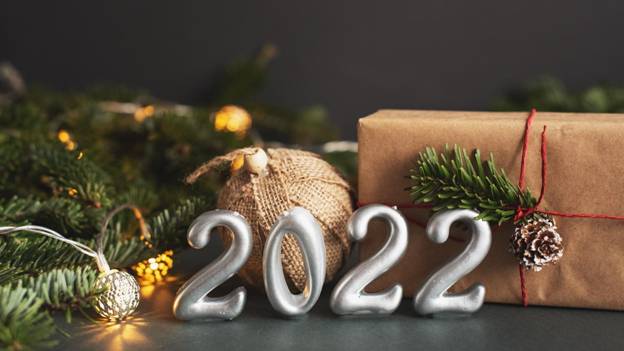How to Tell if a Diamond Ring is Real: A Comprehensive Guide
Diamonds are highly valued for their beauty and rarity, making them a popular choice for engagement rings and other fine jewelry. However, not all diamonds are created equal, and distinguishing a real diamond from a fake can be challenging. This comprehensive guide will explore various methods to help you determine if a diamond ring is genuine.

Why Verify Your Diamond?
Verifying the authenticity of a diamond is crucial for several reasons:
- Value: Real diamonds are valuable and often costly. Ensuring authenticity protects your investment.
- Sentimental Significance: Engagement rings and heirlooms often carry significant sentimental value.
- Resale and Insurance: Knowing your diamond is real is essential for resale, insurance purposes, and accurate appraisal.
Professional Verification Methods
Before attempting at-home tests, consider professional verification methods for the most accurate results.
1. Certified Gemological Laboratory
A certified gemological laboratory, such as the Gemological Institute of America (GIA), can provide a detailed analysis and certification of your diamond. These laboratories use advanced equipment and trained gemologists to assess a diamond’s authenticity, cut, clarity, color, and carat weight.
2. Professional Jeweler
Reputable jewelers can also verify the authenticity of a diamond. They have the expertise and tools to conduct various tests and provide an accurate assessment.
At-Home Tests to Check if a Diamond is Real
While professional verification is recommended, several at-home tests can help you determine if a diamond is real. These tests can provide preliminary insights but should not replace a professional evaluation.
1. The Fog Test
The fog test is a simple and quick way to check if a diamond is real.
Steps:
- Hold the diamond ring close to your mouth and breathe on it to create a light fog.
- Observe how quickly the fog dissipates.
Interpretation:
- Real Diamond: The fog should clear almost immediately due to the diamond’s excellent heat conductivity.
- Fake Diamond: The fog will linger for a few seconds on materials like glass or cubic zirconia.
2. The Water Test
The water test can help determine if a diamond is genuine based on its density.
Steps:
- Fill a glass with water.
- Carefully drop the loose diamond into the water.
Interpretation:
- Real Diamond: The diamond will sink to the bottom due to its high density.
- Fake Diamond: Materials like glass or quartz will float or sink slowly.
3. The Magnification Test
Using a magnifying glass or jeweler’s loupe, examine the diamond closely for certain characteristics.
Steps:
- Place the magnifying glass or loupe over the diamond.
- Look for inclusions (internal flaws) or blemishes (surface flaws).
Interpretation:
- Real Diamond: Most diamonds have natural inclusions or blemishes.
- Fake Diamond: Perfect clarity may indicate a synthetic or fake diamond.
4. The Heat Test
The heat test examines how well a diamond can handle sudden changes in temperature.
Steps:
- Heat the diamond with a lighter for about 30 seconds.
- Drop the diamond into a glass of cold water.
Interpretation:
- Real Diamond: Will remain intact due to its high heat resistance.
- Fake Diamond: May shatter or crack from thermal shock.
5. The Newspaper Test
This test evaluates a diamond’s ability to refract light.
Steps:
- Place the diamond flat side down on a newspaper.
- Try to read the print through the diamond.
Interpretation:
- Real Diamond: The print will appear blurry or unreadable due to the diamond’s high refractive index.
- Fake Diamond: You may be able to read the print clearly through materials like glass.

Limitations of At-Home Tests
While at-home tests can provide initial insights, they have limitations and should not be relied upon for definitive conclusions. Professional gemologists use advanced tools and techniques that are not available for at-home testing.
Tips for Buying a Diamond Ring
To avoid purchasing a fake diamond, follow these tips:
- Buy from Reputable Sources: Purchase diamonds from reputable jewelers or certified retailers.
- Request Certification: Ask for a certificate from a recognized gemological laboratory (e.g., GIA, AGS).
- Ask If the Stone Is Inscribed: Inscriptions can help protect against fraud and ensure the diamond is authentic. Check the certificate that came with the diamond to see if it mentions an inscription.
- Verify Return Policy: Ensure the jeweler has a return policy if the diamond is found to be fake.
- Get an Appraisal: Have the diamond independently appraised by a certified gemologist.
Conclusion: Ensuring the Authenticity of Your Diamond Ring
Determining the authenticity of a diamond ring is essential for protecting your investment and ensuring its value. While at-home tests can provide preliminary insights, professional verification is the most reliable method. By understanding the characteristics of real diamonds and following best practices when purchasing, you can make an informed decision and enjoy the beauty and value of your diamond ring with confidence. Whether you’re buying a new diamond ring or verifying an existing one, this comprehensive guide will help you navigate the process with ease.




